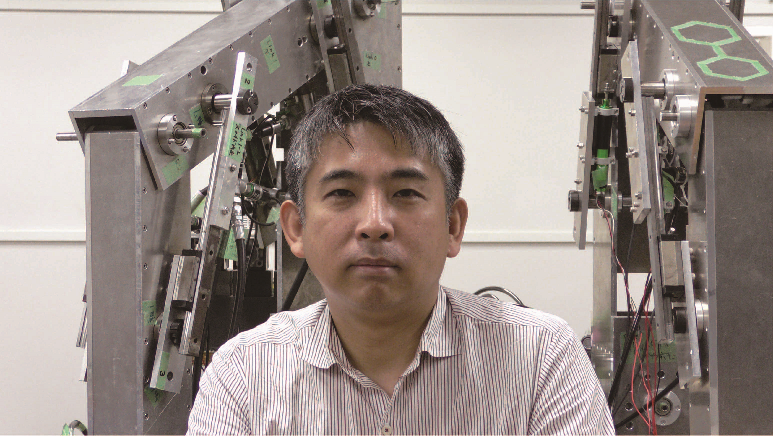
Prof. Satoru SAKAI,Japan
Professor of Mechanical Engineering,
Shinshu University, Japan
Biography:
Satoru Sakai is a Professor in the Department of Mechanical Engineering at Shinshu University. His research interests include Hydraulic Systems and Control, and Agricultural Robotics. He received the Bachelor’s degree in Engineering and the Master and Ph.D. degrees in Agricultural Engineering from Kyoto University, Japan, in 1998, 2000 and 2003, respectively. From 2003 to 2005, he was a Japan Society for the Promotion of Science (JSPS) postdoctoral research fellow with the Department of Informatics, Kyoto University, and from 2004 to 2005 he was a visiting researcher with the Faculty of Electrical Engineering, University of Twente, Netherlands. In 2005, he joined Chiba University, Japan. In 2010, he joined Shinshu University, Japan, where he is currently a full professor with the Department of Mechanical Engineering. He has taught Control Engineering, and Robotics. He was a recipient of the Young Author Prize 2005 in International Federation of Automatic Control World Congress (IFAC WC), the Young Research Award 2006 in Japanese Society of Agricultural Machinery (JSAM), and the Best Paper Award 2012 in Japanese Fluid Power System Society (JFPS). Currently, he is a member of International Federation of Automatic Control Technical Committee (Control in Agriculture), Scientific Board of the European Robotic Forum, Advisory Committee of Brain Korea 21 PLUS Research and Education Center for Intelligent Wearable Robots, and so on. He has the research projects with the largest fluid power-related companies.
Keynote address: New understanding and new actuation of hydraulic cylinder dynamics
Toward the middle of this century, in the field of industry, agriculture, construction, mining, rescue and so on, our human societies will face a lot of serious challenges in which only the hydraulic actuations are responsible. In this talk, we start from the nonlinear nominal model of hydraulic cylinder dynamics. The nonlinear nominal model is familiar and widely used in so many papers related to model based design and control guaranteeing the performance. The nonlinear nominal model is superior to the traditional transfer functions in the sense that the two main approximations, a linearization and a singular perturbation, can be avoided. One of the arising questions here is what physical property found from the first principle point of view is still alive in the nonlinear nominal model. First, as a new understanding of hydraulic cylinder dynamics, the answer is given by clarifying a hidden structure of the nonlinear nominal model. Second, the new understanding is linked to new controllers which are inevitable, unexpected, and economic. Finally, one of the controllers is applied to a hydraulic collaborative robot that is even newer than the electric collaborative robots. Remarkably, guaranteeing the performance, the external force sensors and the custom order components are not needed.